By Yvonne Wright • The Current Contributing Writer
We have all been exposed during our lifetimes, one way or another, directly or indirectly, to some form of collecting practice. Whether by visiting sumptuous mansions turned into museums full of furnishings and decorative objects assembled with great care, or by browsing antique stores, art galleries, flee markets, or estate sales packed with a dazzling variety of unique things – the possibilities for starting a collecting hobby are endless, and can be limited only by one’s financial flexibility and/or commitment to pursuing such an interest.
Perhaps not consciously relevant to the general public, the practice of collecting ‘stuff‘ has become an activity shared by a surprisingly large sector of modern society. A visit to a historic town like Jim Thorpe may entice a person at whimsy to start collecting. The aura of Victorian heritage permeating the town’s picturesque setting adds that special dimension and delightful mystery to the act of ‘hunting’ in three-fold, promising an exciting find. Vintage and collectible objects abound, along with reasonably priced contemporary art, selective souvenir imports and retail goods skillfully displayed in local shops to set a keen-eyed visitor on a shopping spree. And, as it often happens, it takes that one special object, perhaps a unique sculpture, painting, antique brooch, or elegantly crafted horse saddle, to turn one’s casual amusement into a collecting passion.
It has been historically documented that collections of valuable objects have existed as early as the 5th century BC, and collecting has continued throughout the centuries and across continents. However, it wasn’t until the industrial revolution in the 19th century that economic prosperity and the rise of the middle class broadened the popularity of collecting, taking a firm hold on society, democratizing the process.
In Western societies, people collect almost anything and everything, and it has certainly been proven true that what was one person’s trash, has become another person’s treasure … depending on the nature of interest. There are some formidable art collectors residing in Jim Thorpe, whose long term commitment to carefully purchasing selective, interrelated works of art has helped them to amass impressive and valuable assemblies of paintings and drawings by local, as well as foreign artists – the value of which reflects these collectors’ intimate knowledge and understanding of the art business, their persistency in acquiring, and their genuine enjoyment of the finer things in life.
Whether people collect antique cars, exquisite wines, fine art, vintage glass, or real estate, the art of serious collecting is an intellectual pursuit often described as an activity with a higher purpose. It provides opportunities for social interactions among like-minded kindred spirits and gives the participants an omnipotent sense of mastery and an intrinsic pleasure. Many collectors share in the belief that in some ways they sacrifice for their assemblages, in the hope that in the end, their community, and humanity in general, will benefit from their efforts – a notion that historically has been proven accurate. Today, the majority of European and North American great art collections took their roots, and many are still housed in, princely palaces and wealthy industrialists’ mansions – giving credence to the idea of interests once enjoyed by the few ending up aesthetically benefiting many, and culturally enriching and educating society as a whole. The best examples of such collections are: the Frick Collection in New York City (renown for its Old Master paintings and decorative arts), and the Barnes Foundation in Philadelphia (made famous for its distinguished collection of impressionist, post-impressionist, and early modernist works) – both prime examples of collecting practices by the affluent sector of American society, now serving as cultural and educational institutions.
There are also collectors among us that can be categorized as scavenger hunters, whose joy for accumulating seemingly unrelated objects lacking obvious consistency and/or focus is driven by a sense of adventure. The scavenger style of collecting can resemble a free-spirited activity that often leads to a rather fun bricolage of collectable treasures. Skilful searchers, scavengers roam through the countryside visiting endless art galleries, vintage stores and garage sales to locate their cultural prey and save it from obscurity and/or destruction.
Many of them share a deliberate thirst for rarity, with a gratification of pleasing one’s taste that never stops. Inadvertently, they are the protectors of our cultural heritage, indiscriminately saving for posterity anything that tickles their fancy, from fine art and crafts to vintage books, electronics, hood ornaments and baseball cards, and anything in between, including digital. In turn, many previously discarded household objects, for example, become valuable once again and sought after items by nostalgic collectors or fashionable interior designers. Equally sentimental attitude towards family heirlooms, turn-of-the century architecture, vintage bikes, and long-forgotten garments and pieces of jewelry has been noted in recent decades.
The History Channel’s long running program “American Pickers” has taped rather gracefully into the collecting phenomenon by elevating the idea of preserving and repurposing vintage, American-built objects to the level of a noble quest worth promoting – turning ‘old junk’ into objects of art. Some collecting areas of interest are more gender specific and gender dominated. It has been noted that female collectors focus predominantly on personal, small size objects, which preferably do not need maintenance or repairing. While their male counterparts often favour objects that are made of substantial, heavier materials, with no discrimination of size.
There is a general trend in the modern world to seek out antiques, particularly observed in small urban and rural communities throughout North America, which coincides with a growing popularity of vintage car rallies (frequently hosted in Jim Thorpe), numbers of antique road shows, displays of old farming equipment on front yards, and popularity of vintage china and furnishings used in decorating trendy urban coffee shops – all indicative of a conscious social reaction to globalization and standardization of culture, fuelled by pride in local heritage. For most collectors, the ritual of collecting is sacred and mystical. The imprints of time and space have created meanings of different value to different people, and at different moments in history. They evoke a sense of continuity and belonging, with precious threads of memories that should be cherished and enjoyed.
Yvonne Wright is the owner of STUDIO YNW at 100 West Broadway in Jim Thorpe. She can be reached at studio.ynw@gmail.com








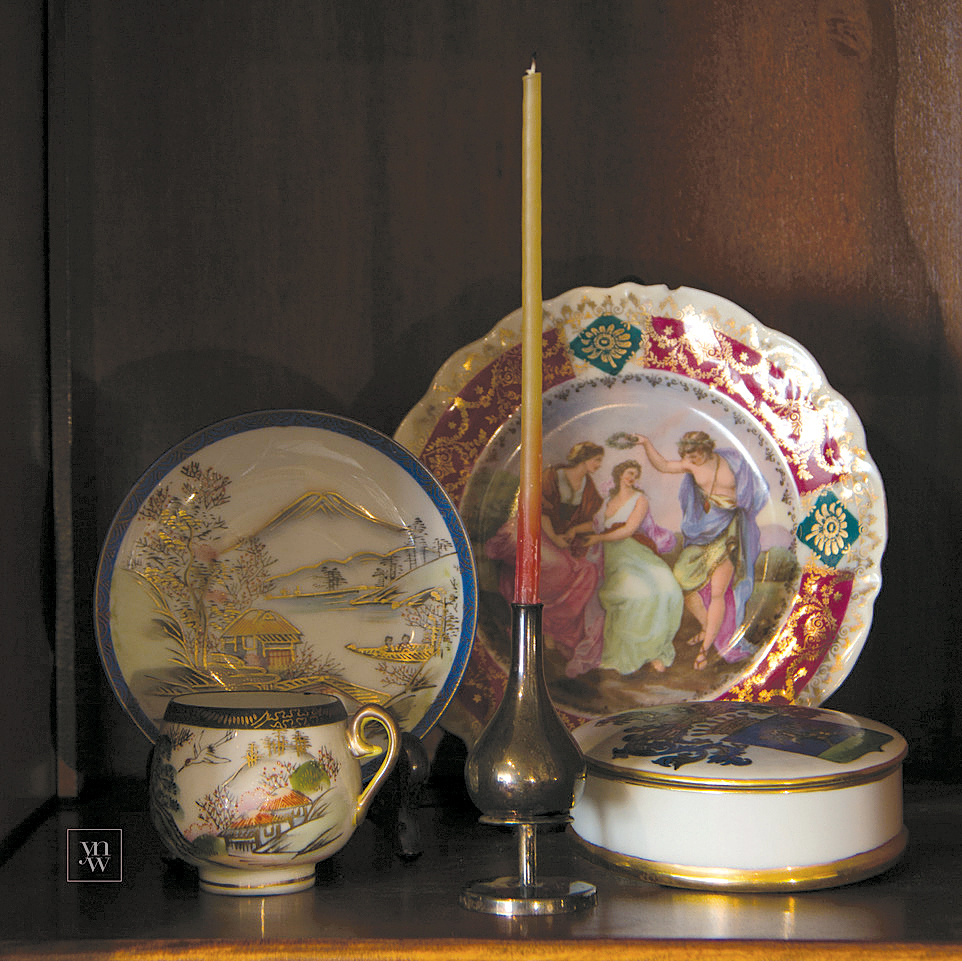

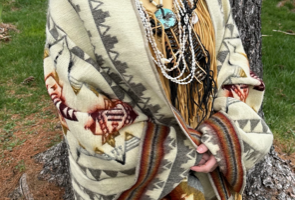

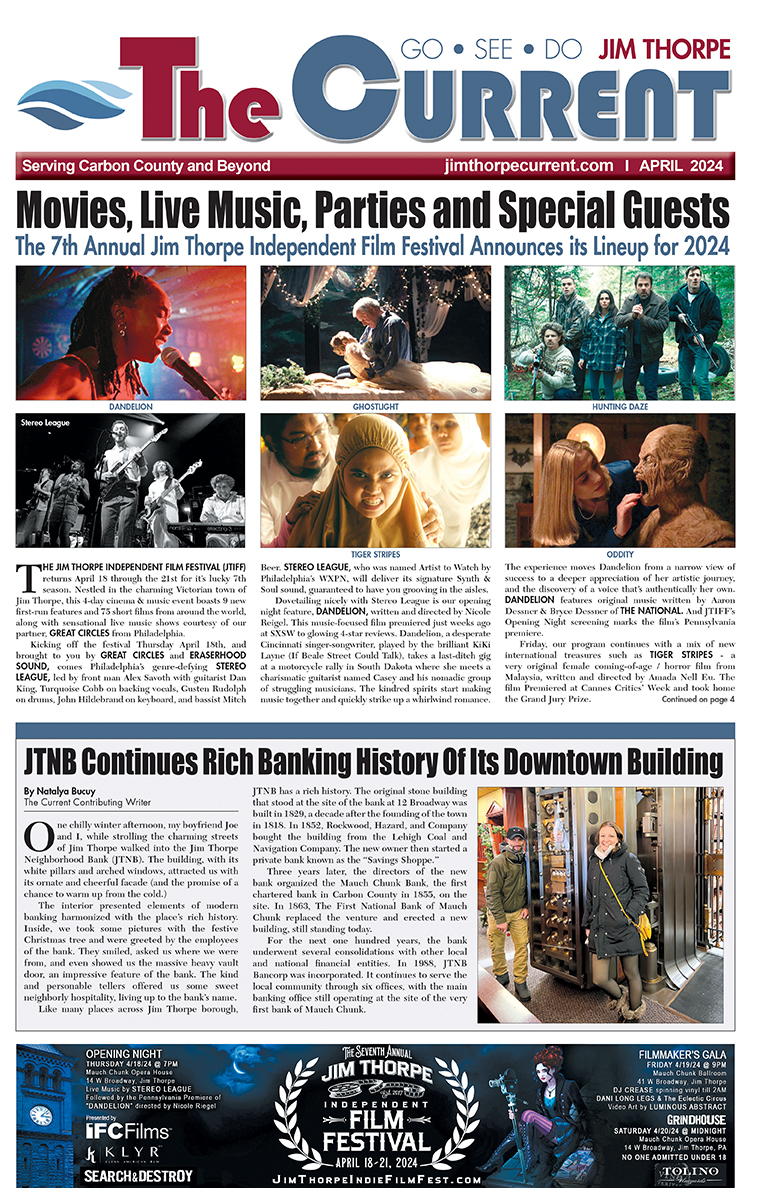
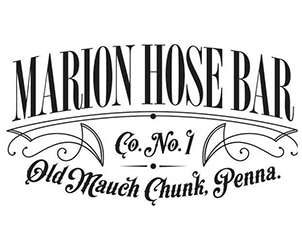

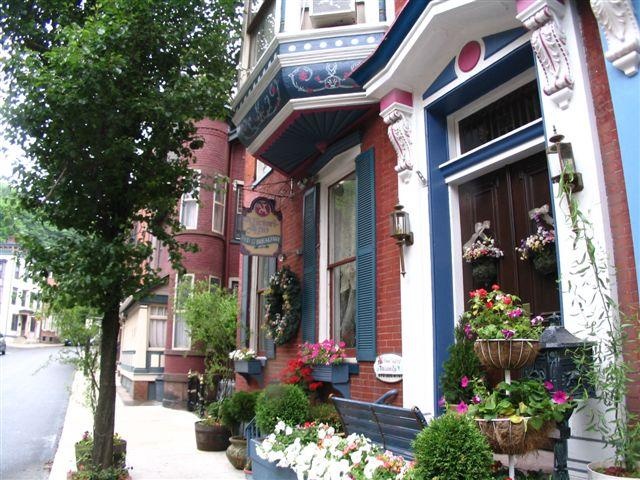











Add Comment